Gori
We drove down from the Caucuses Mountains to the valley and the
city of Gori, birthplace of Josef Stalin. Our first stop was
Stalin's museum, on which construction began while he was still in
office.
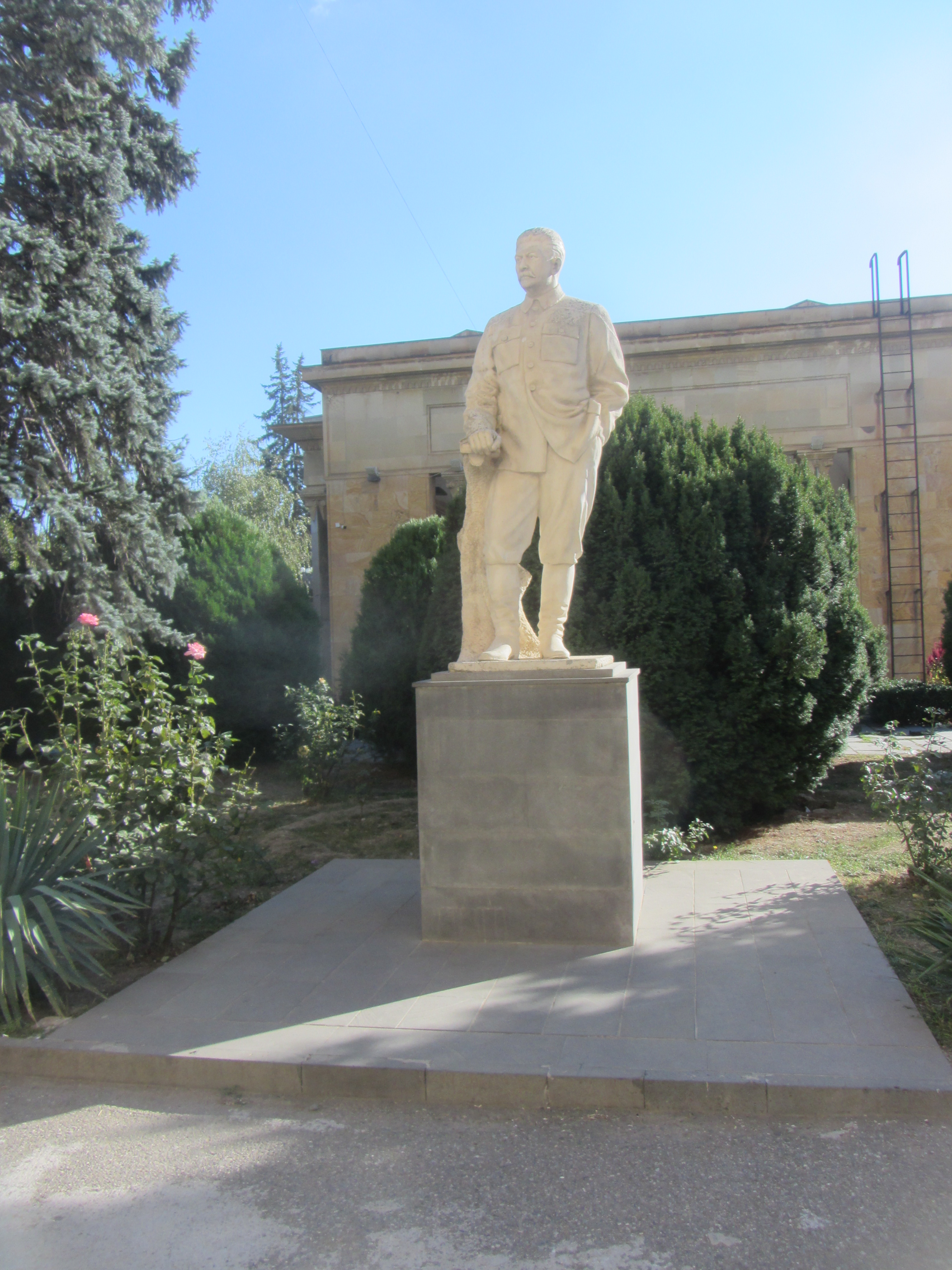
Stalin's birthplace, a small house, has been conserved, after all
the surrounding houses and streets were torn down and a pavilion
placed on top of the house.
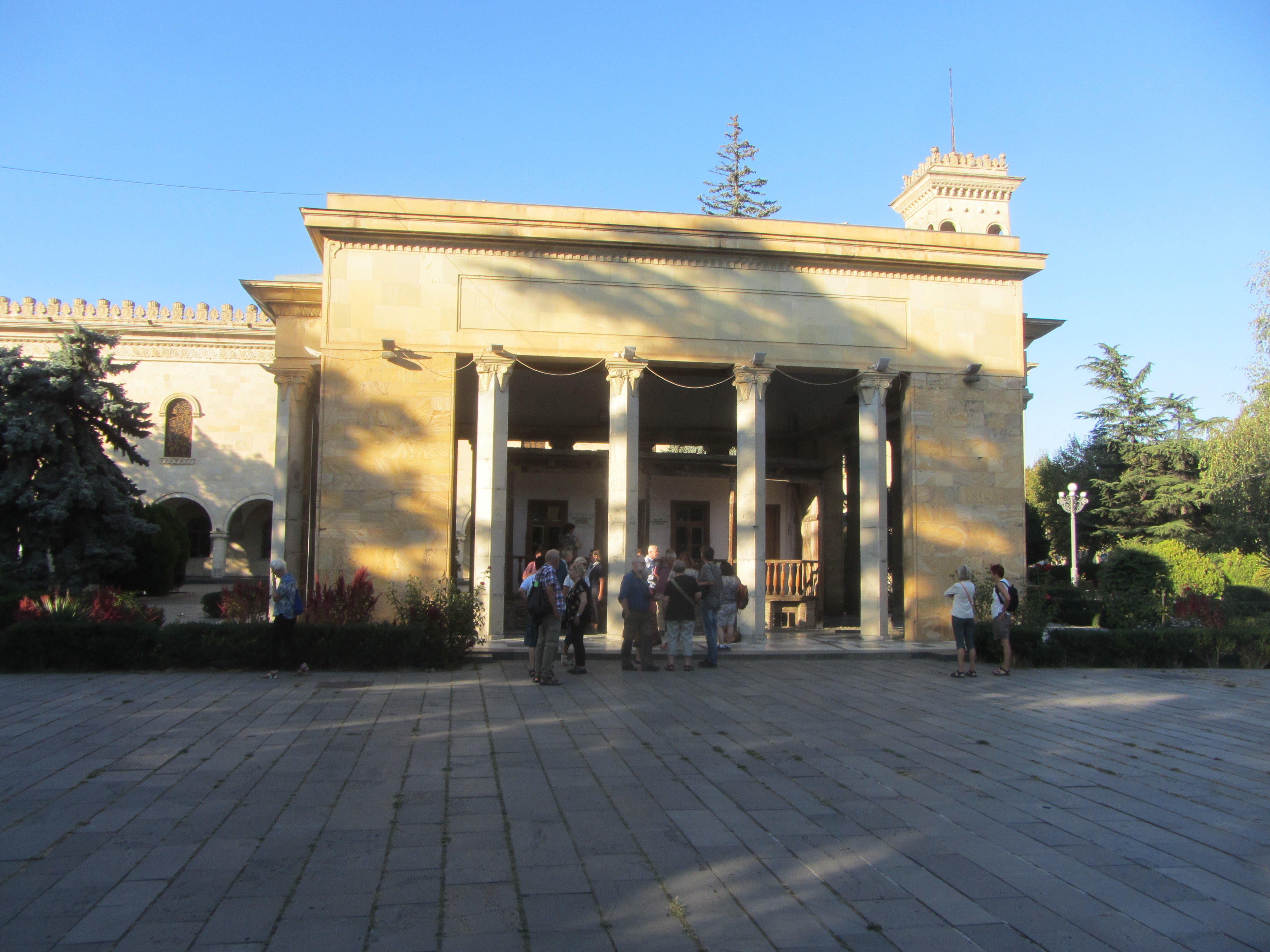
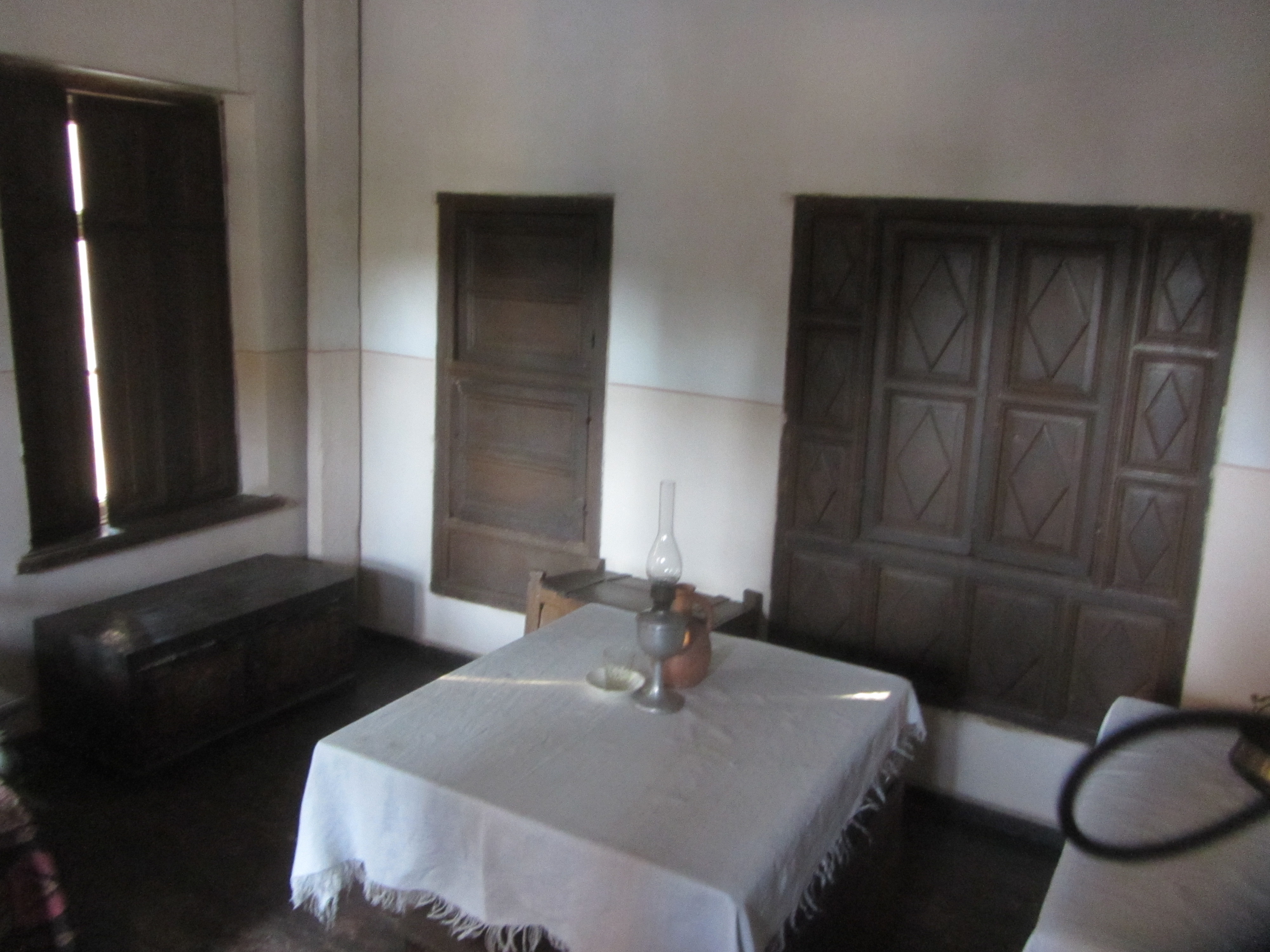
Much of the museum collection is composed of newspaper articles
and other papers and photos of Stalin, his career and his
family.The guide matter of factly described him growing up,
rebelking against the Czar, taking office and presiding over the
killing of hundreds of thousands. She was neither supportive
nor critical, just giving us information to make our own
judgements.
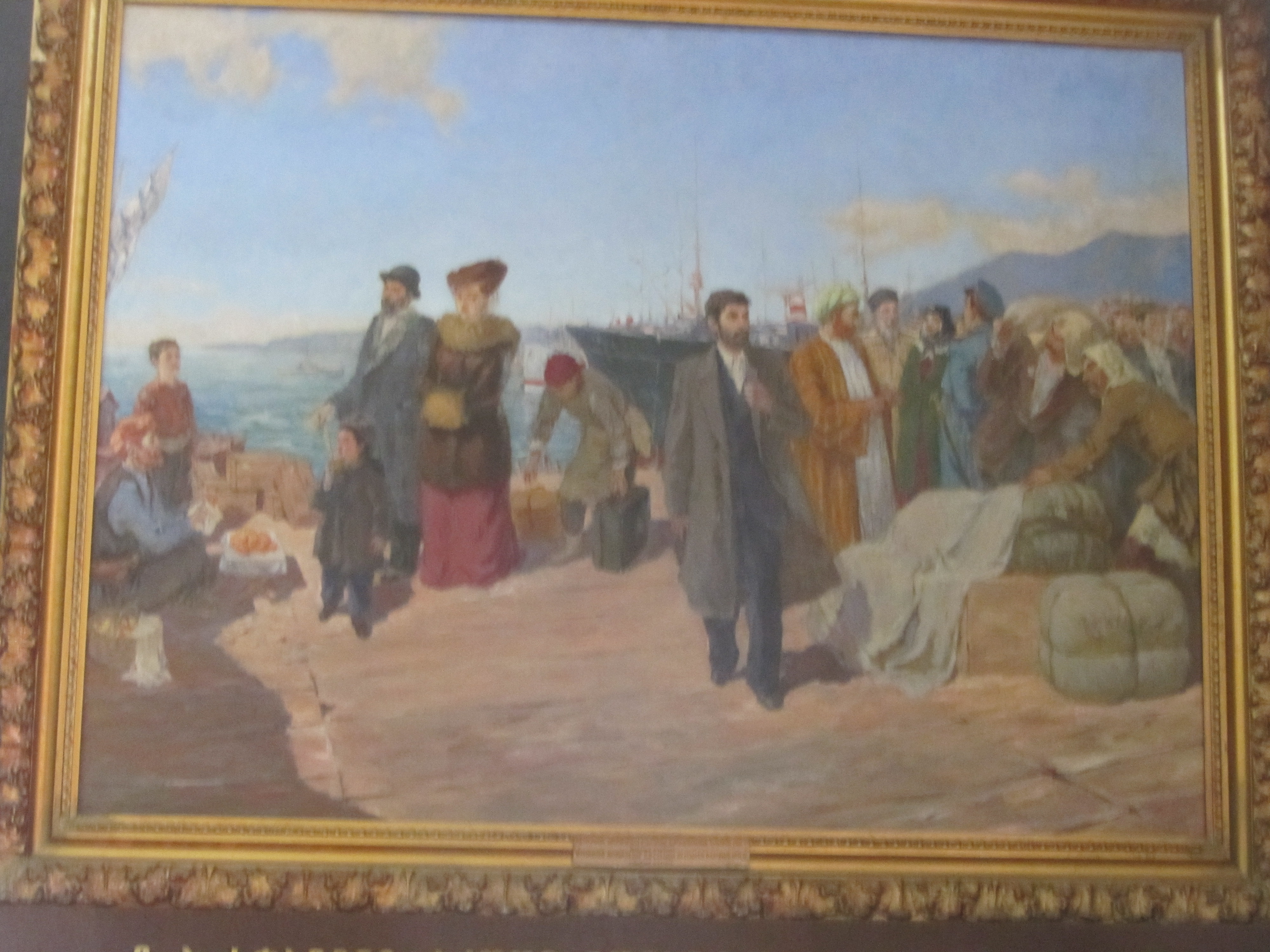
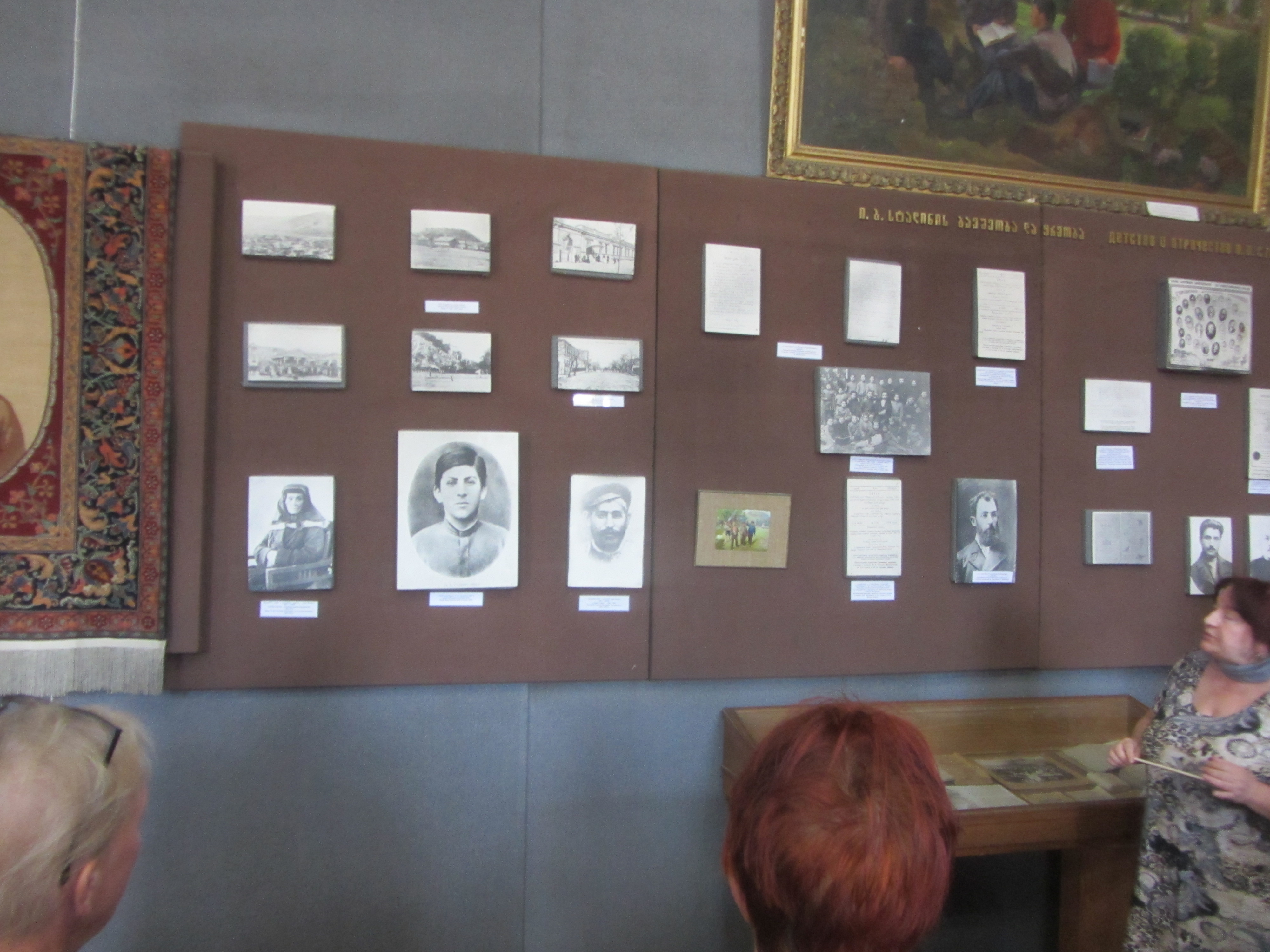
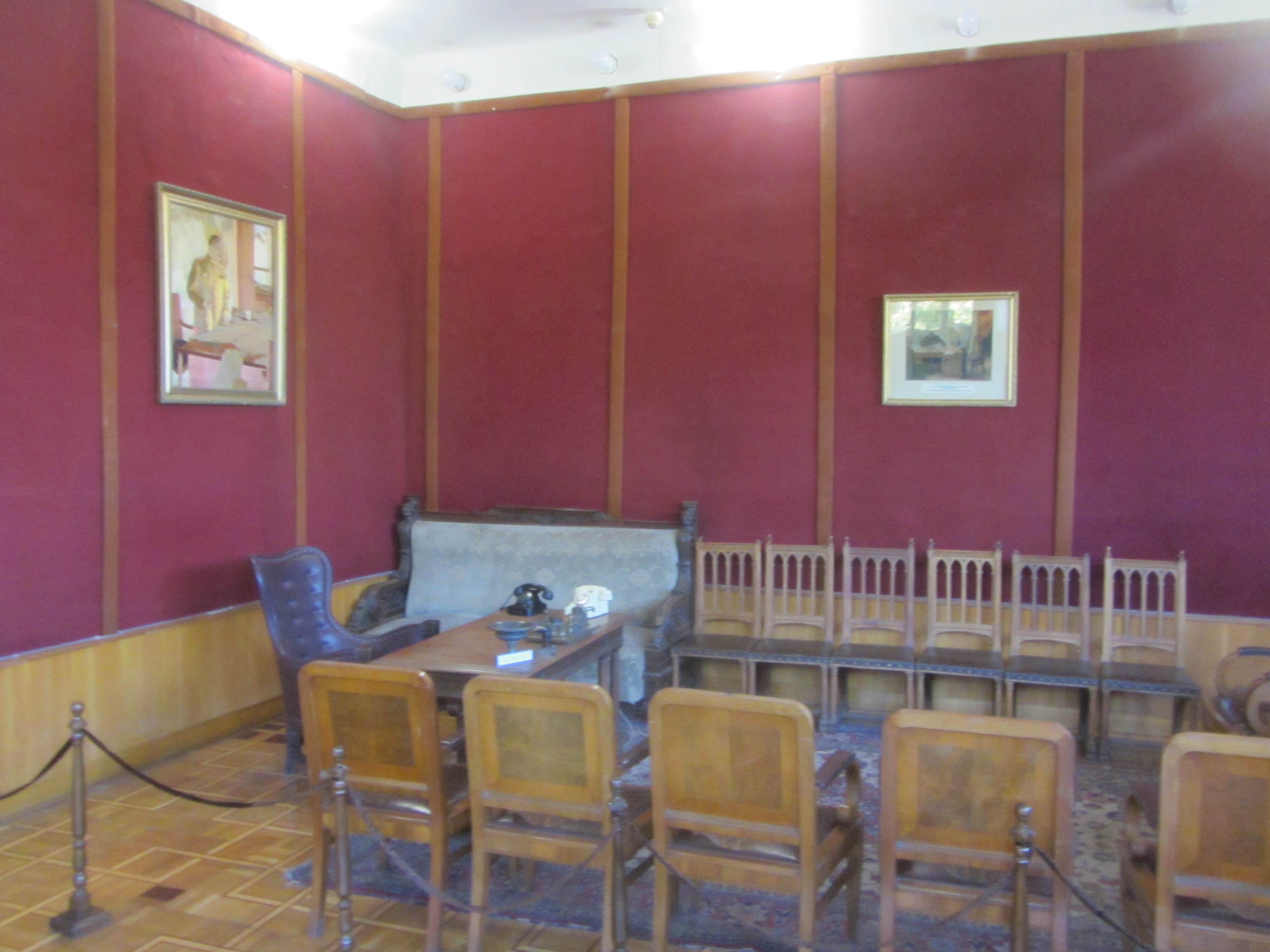
The centerpiece of the museum is the bust made from the wax
impression of Stalin just after his death.
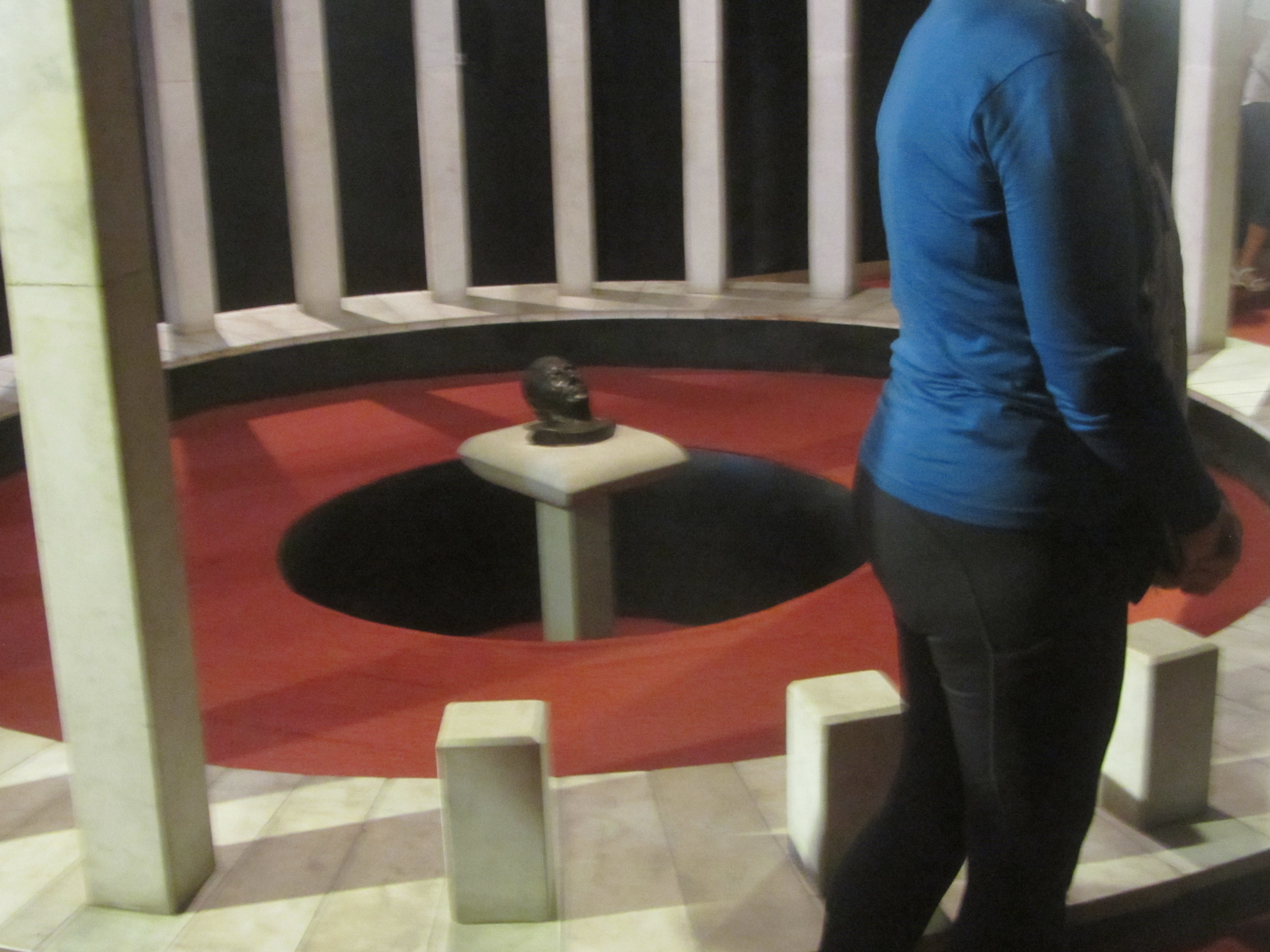
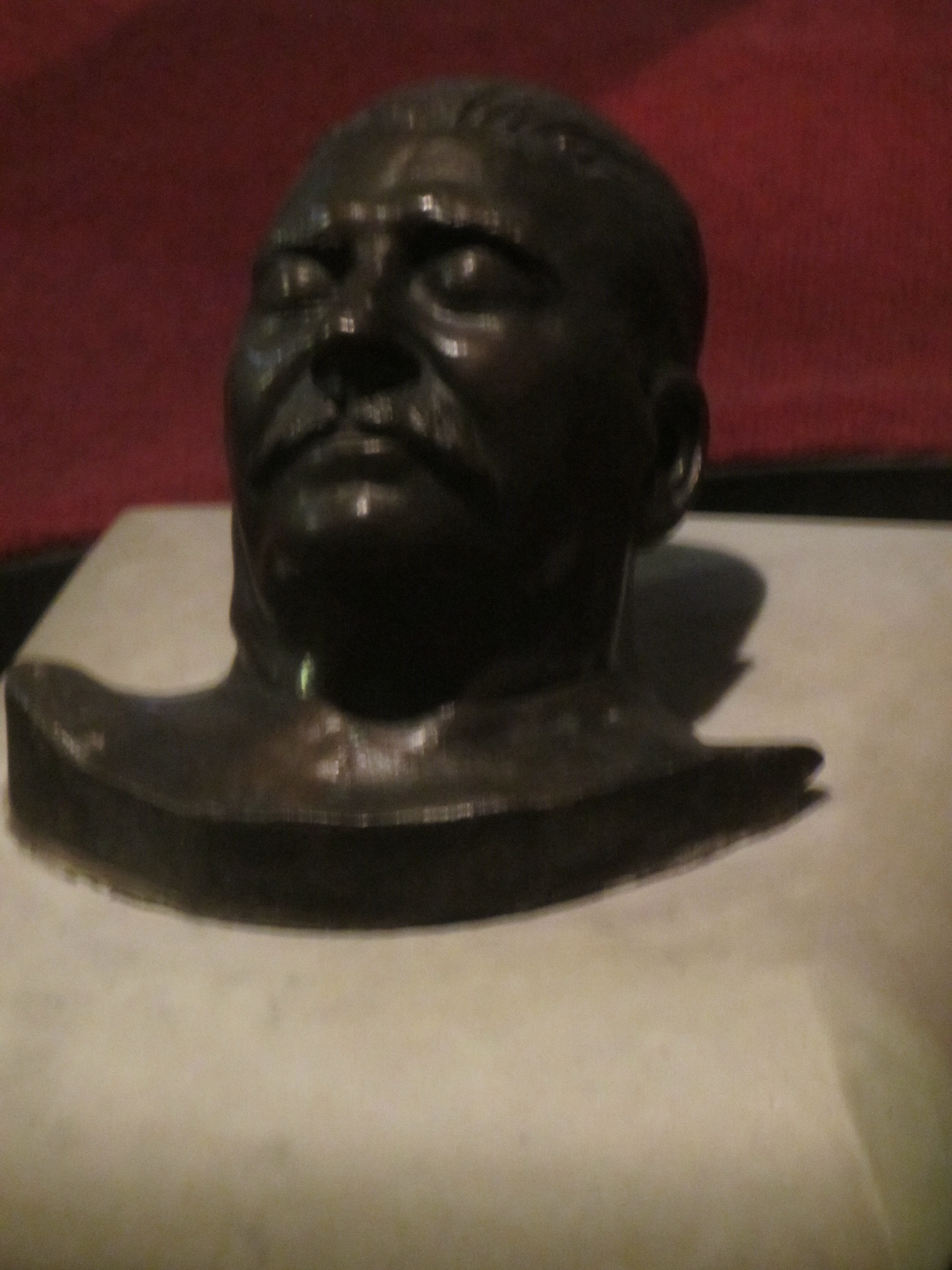
Outside the museum was the rail car that Stalin used for traveling
around the country and the world -- he did not like flying.
Befitting a communist leader there was nothing ornate about,
strictly functional.
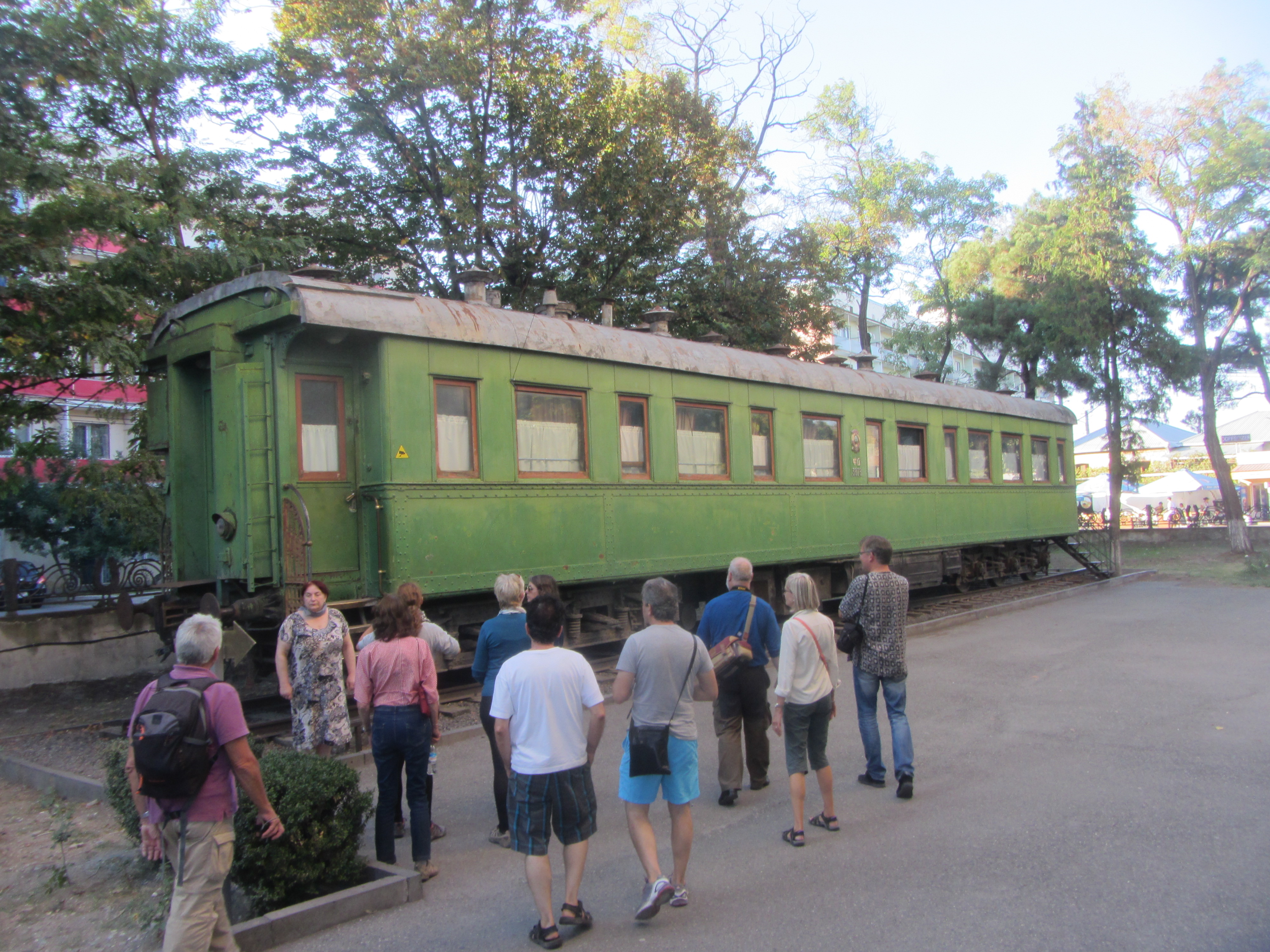
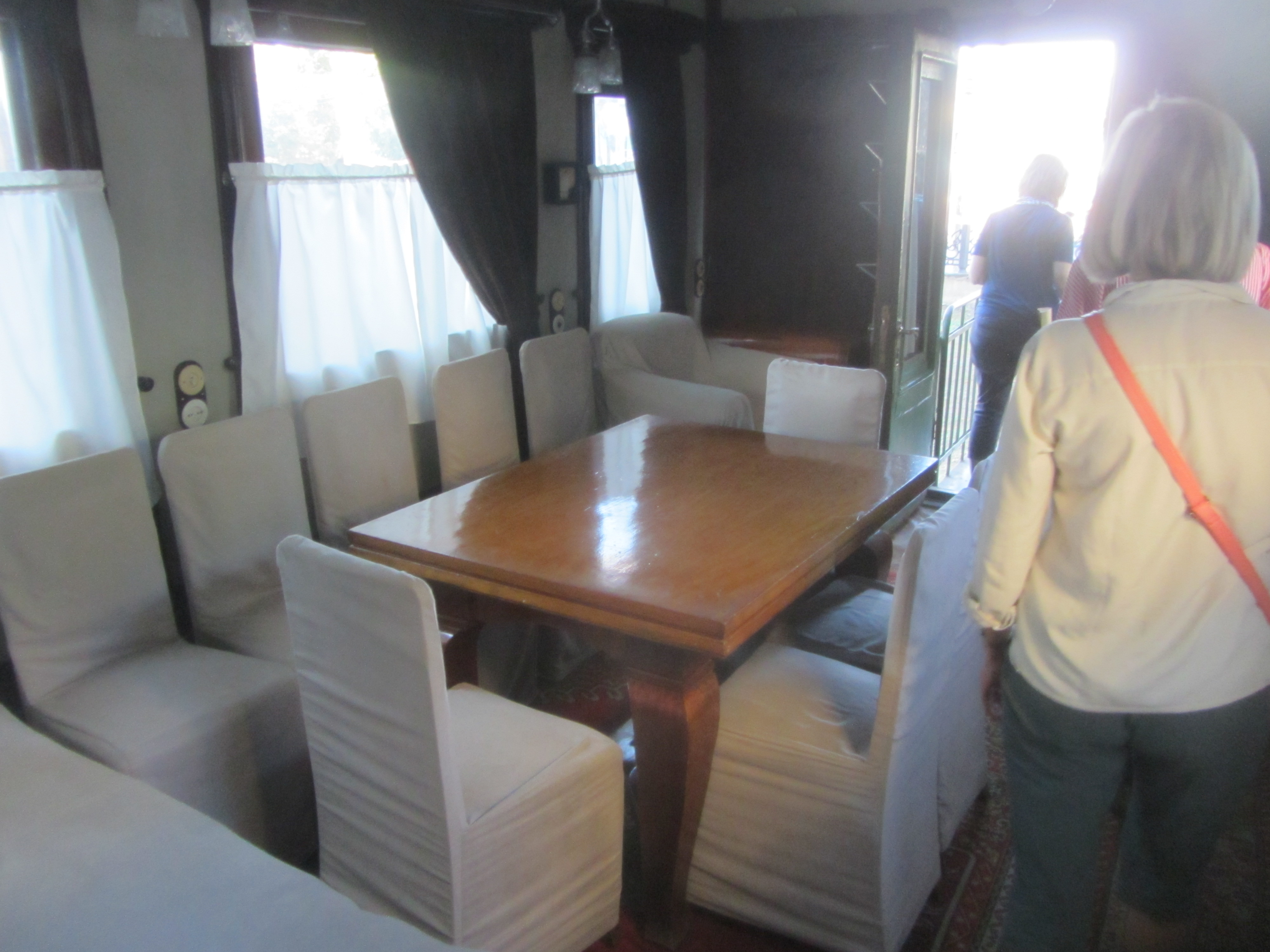
Not far from Gori we found Uplistsikhe (literally “Lord’s
Fortress“), an abandoned rock-hewn town, which once have played an
important role in Georgian history. It was founded in the late
Bronze Age, around 1000 BC, and continued to be inhabited until 13th
century AD. Between the 6th century BC and the 11st century
AD, The caves we visited earlier in the trip were only for
monastic monks, but Uplistsike was a real town with homes, theaters,
shops, bakeries, wineries and other public spaces. Long
winding passageways connected internal caves. At its peak
20,000 people lived here. Over the centuries the soft stone
has broken and slid down the hill, destroying many of the caves but
much remains -- the rooms in the first picture were formerly all
caves.
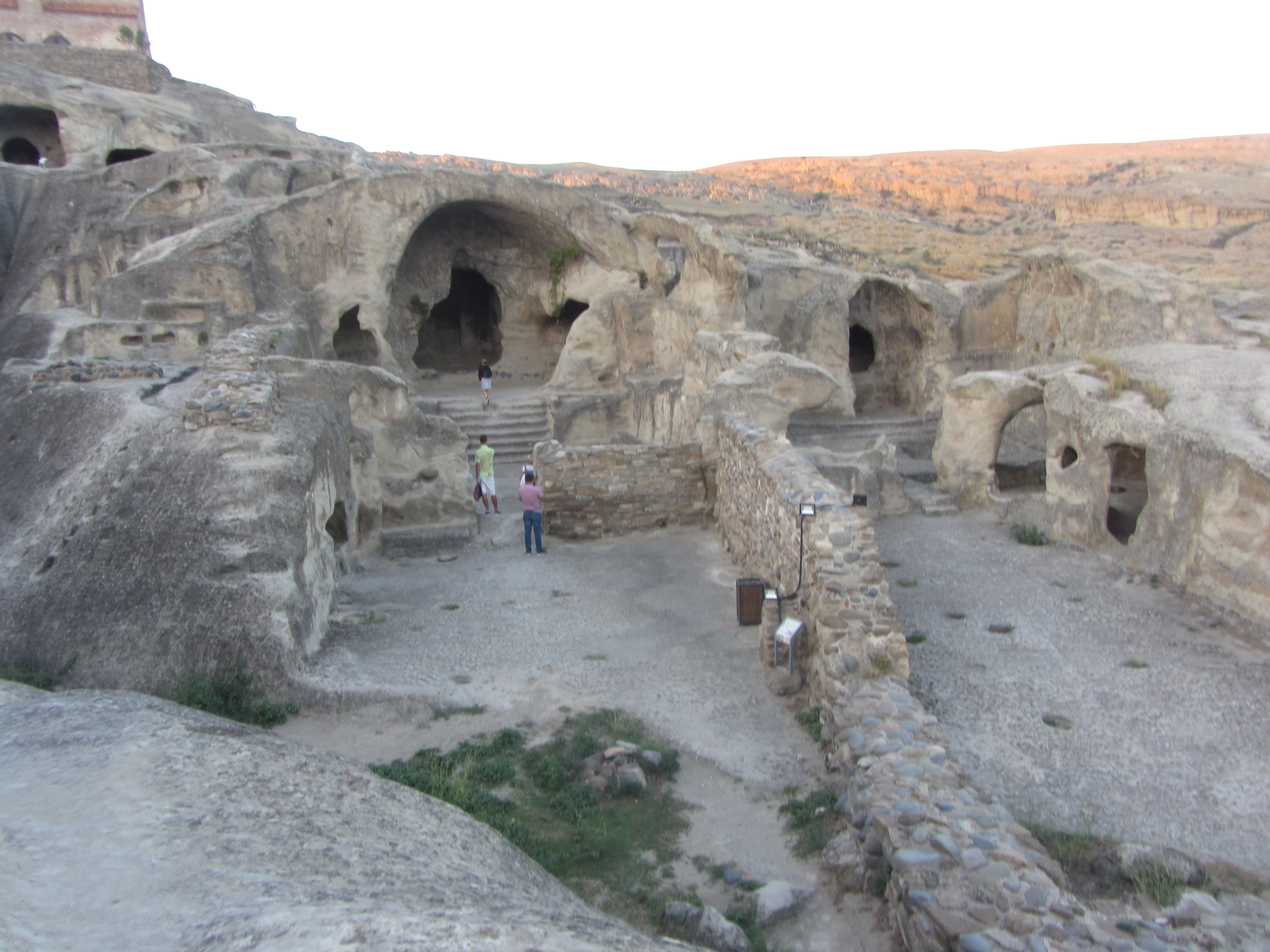
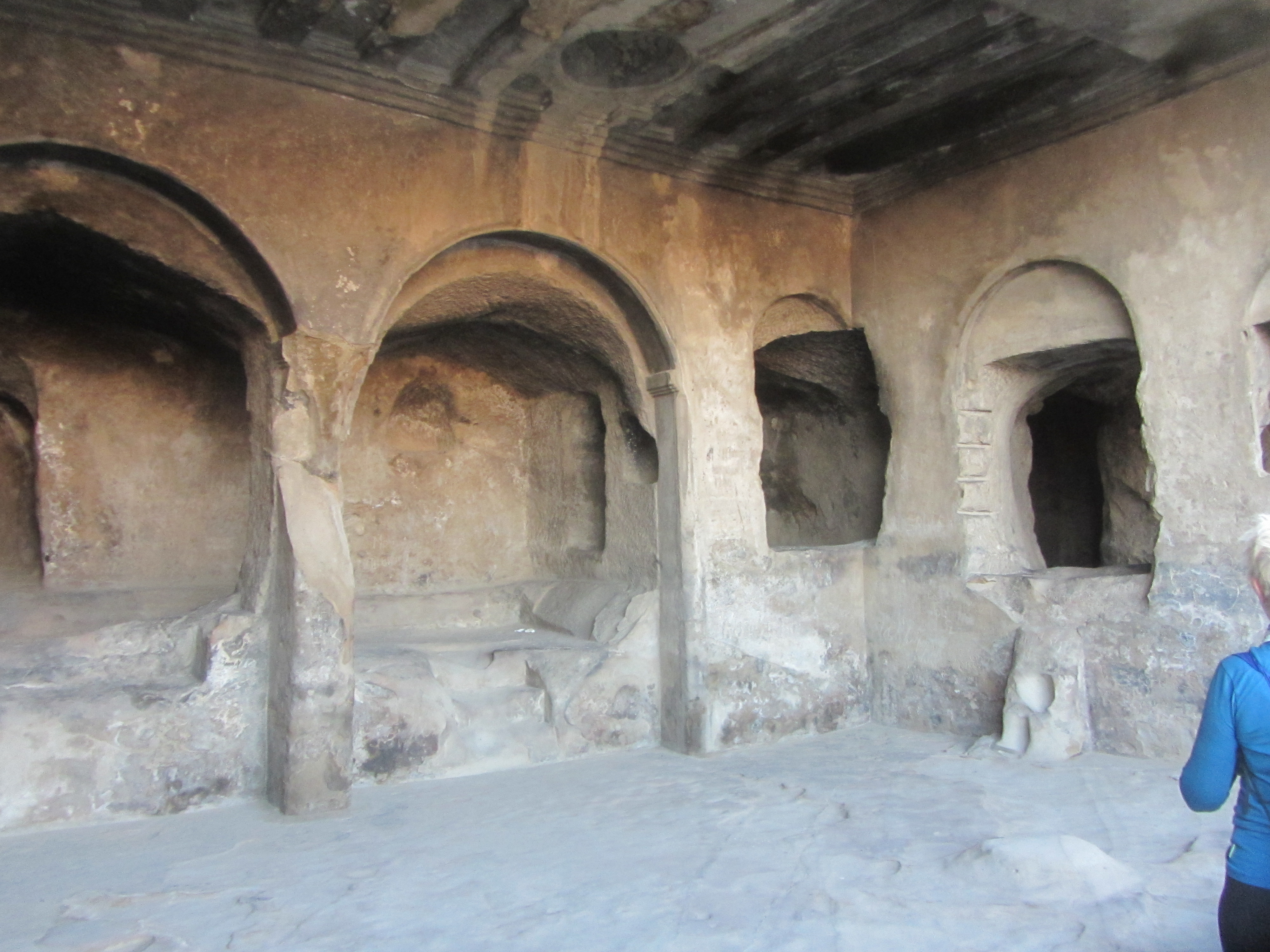
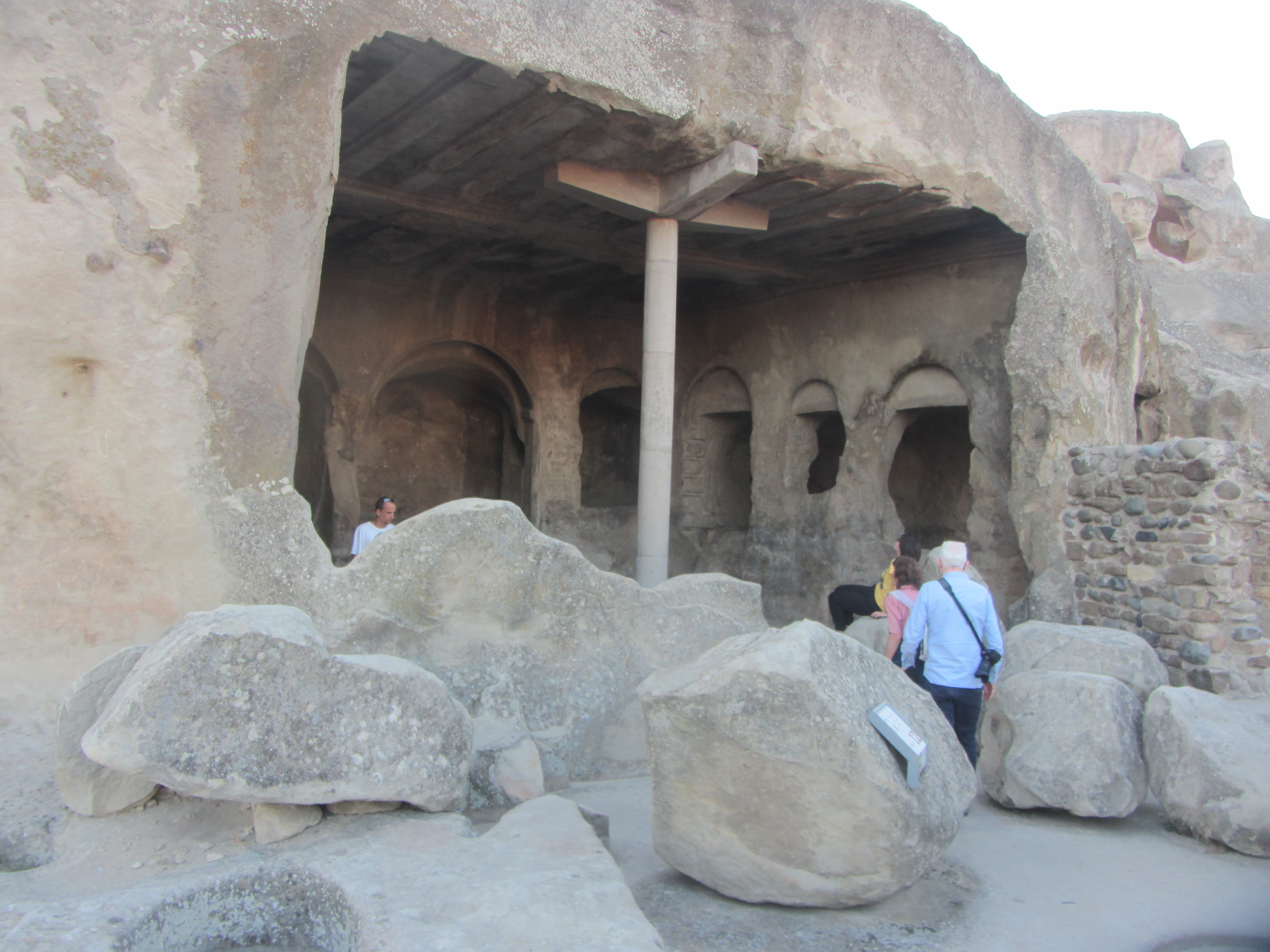
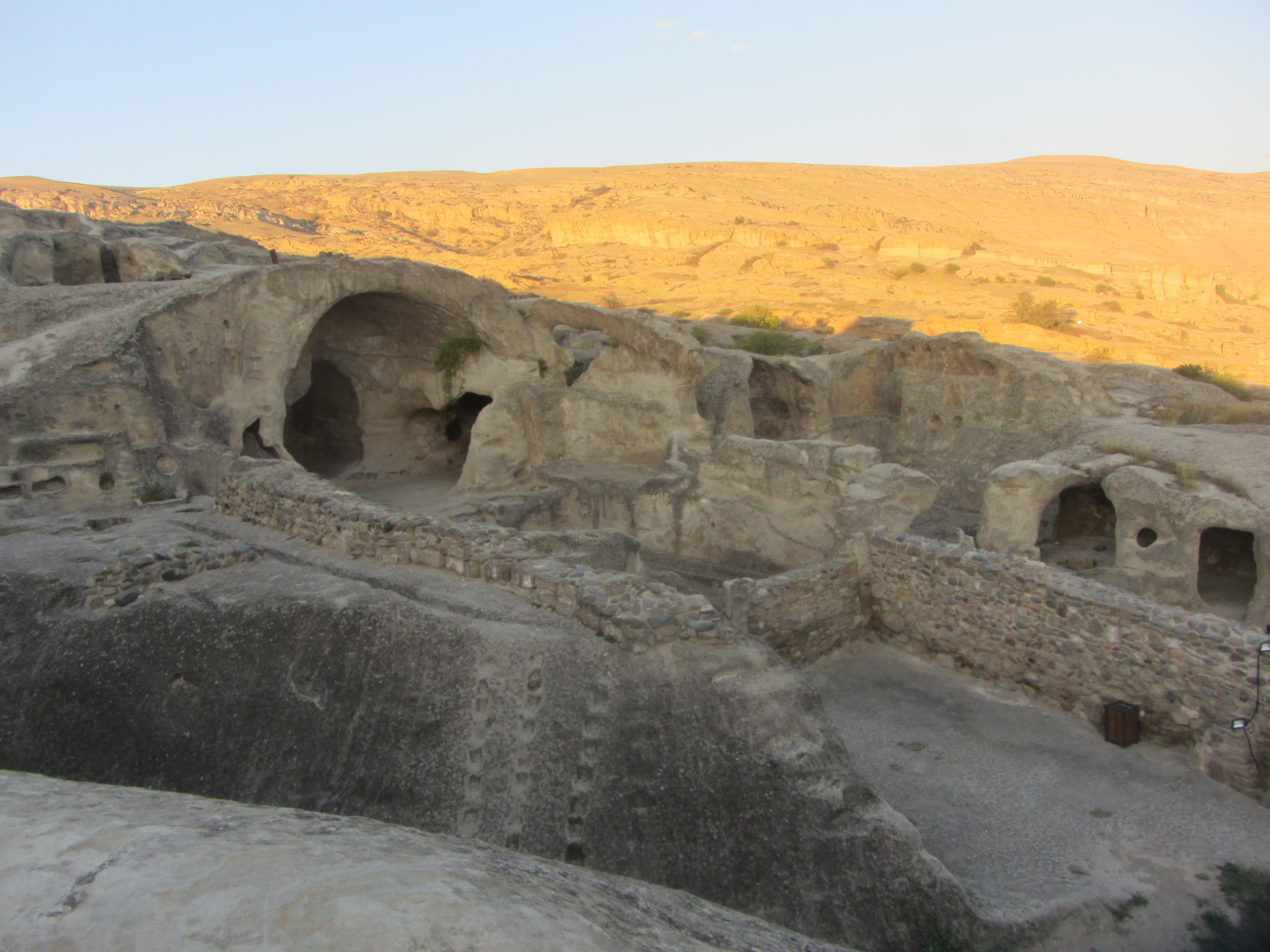
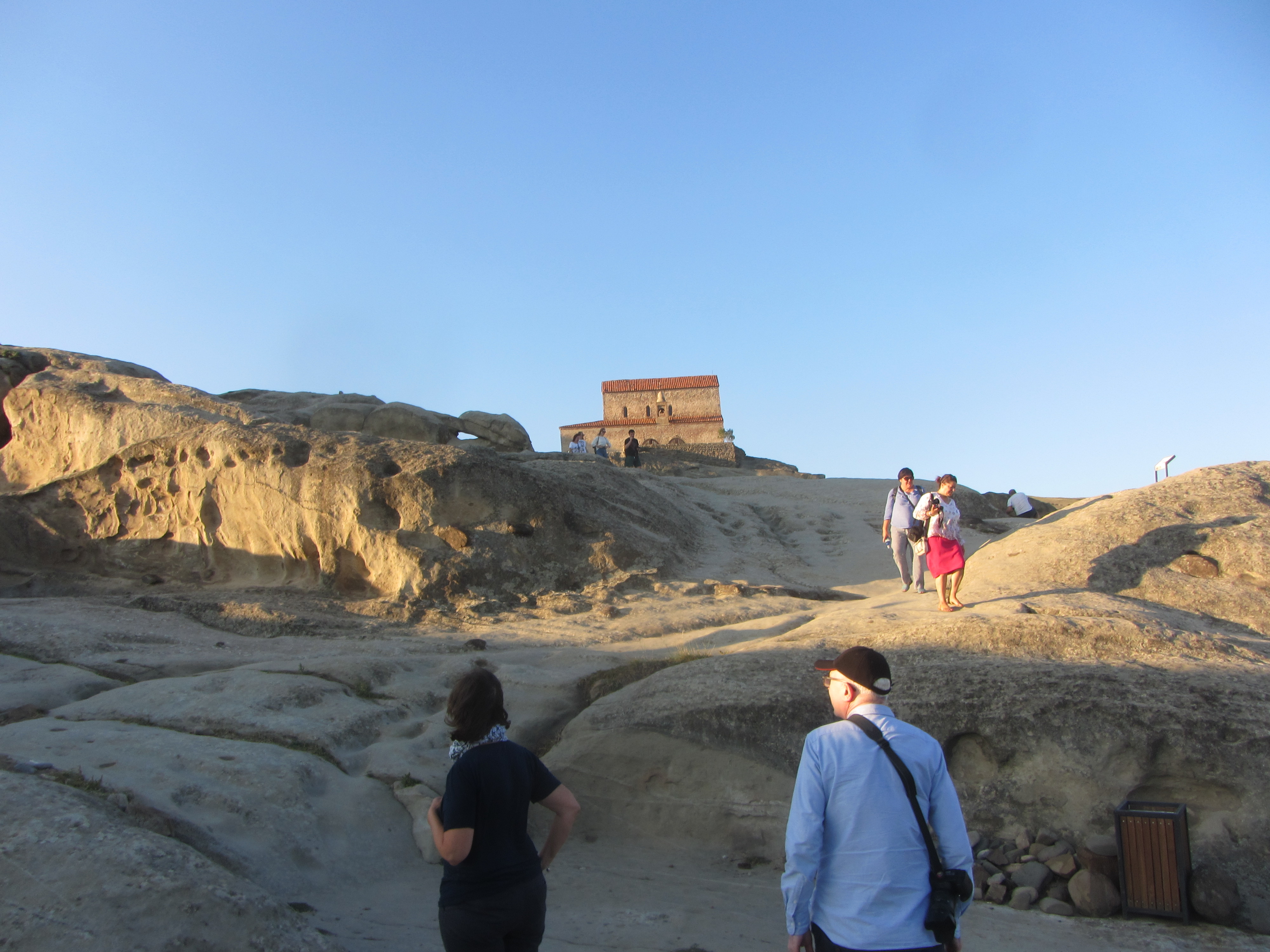
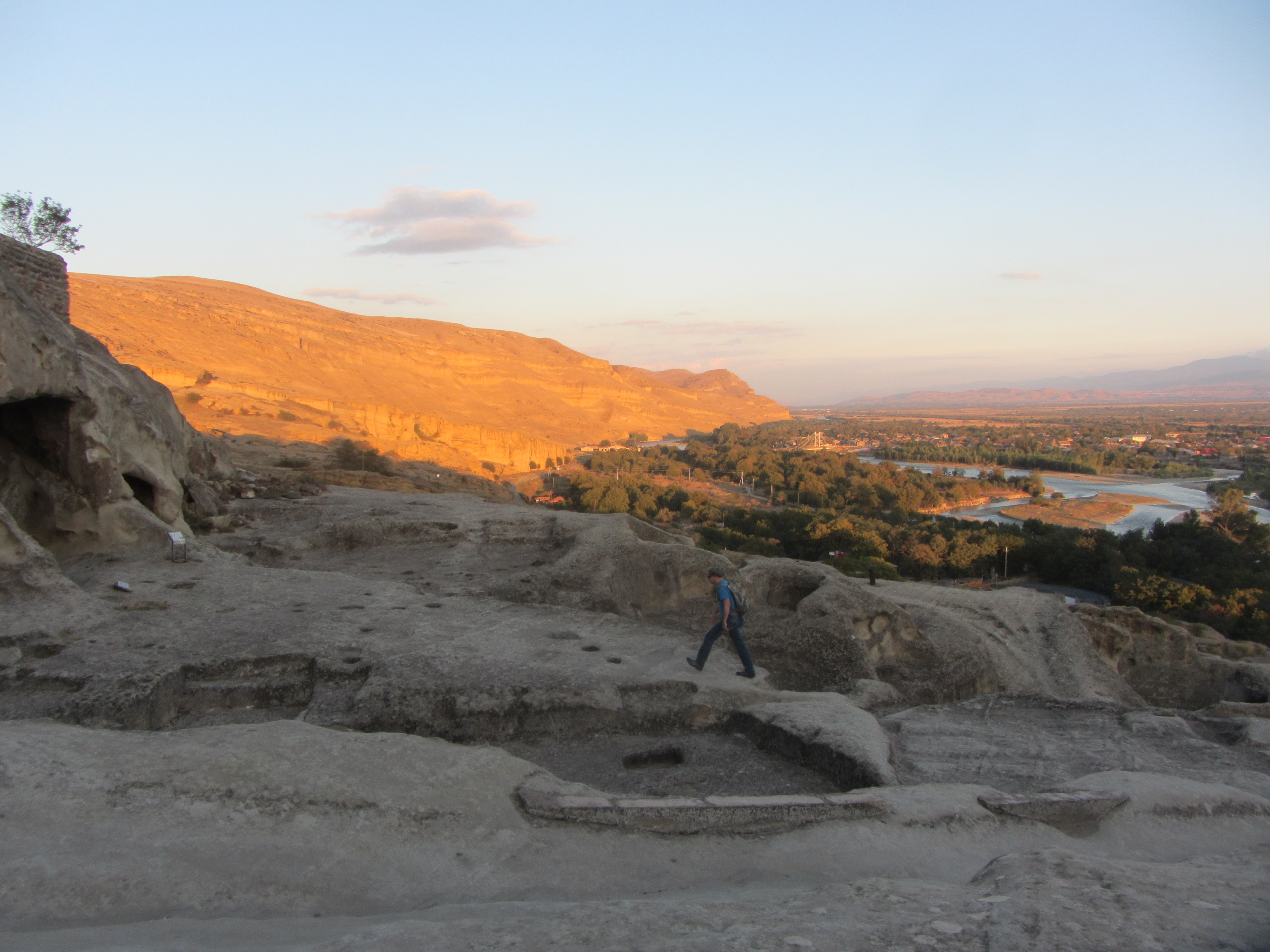
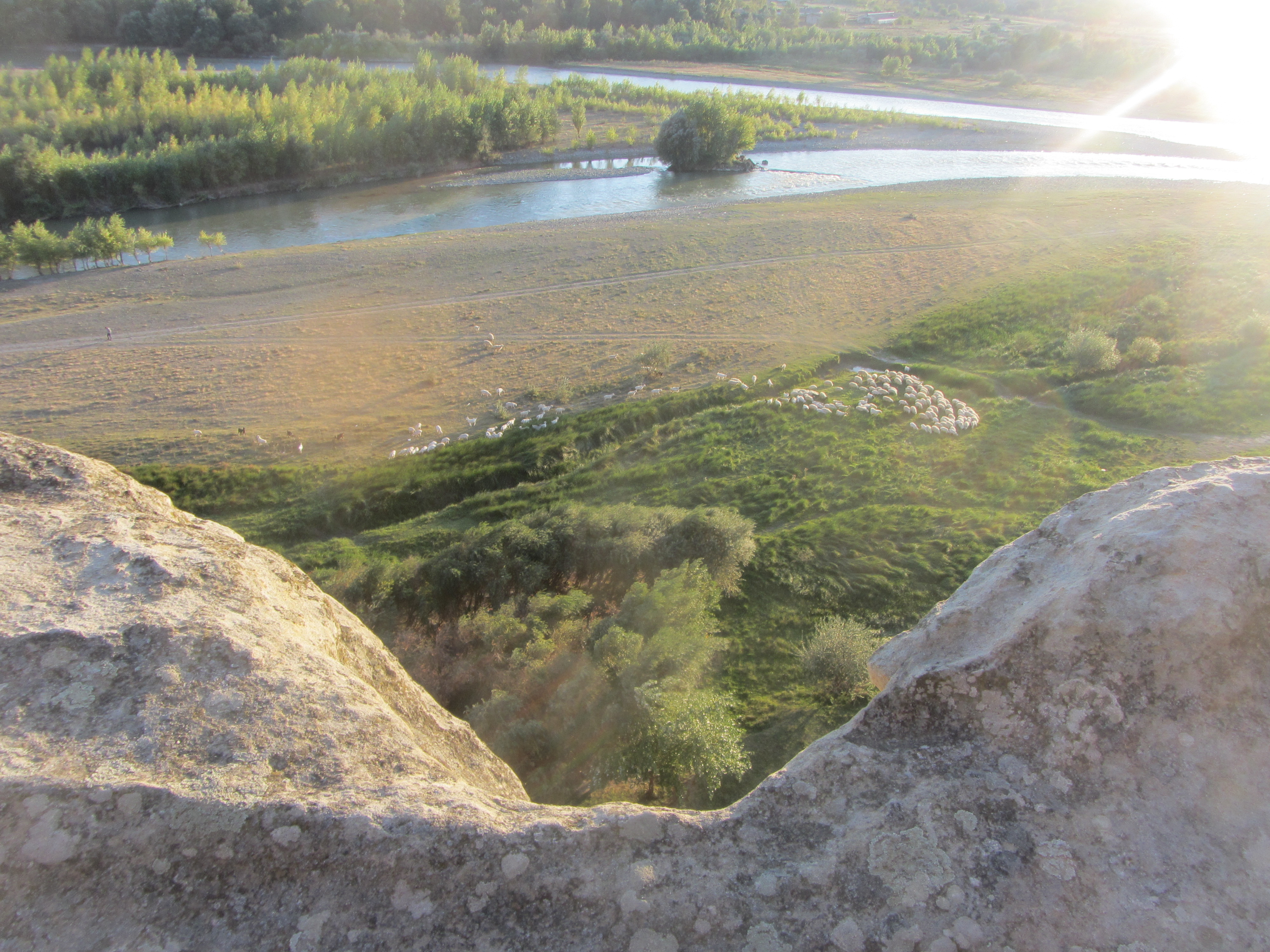
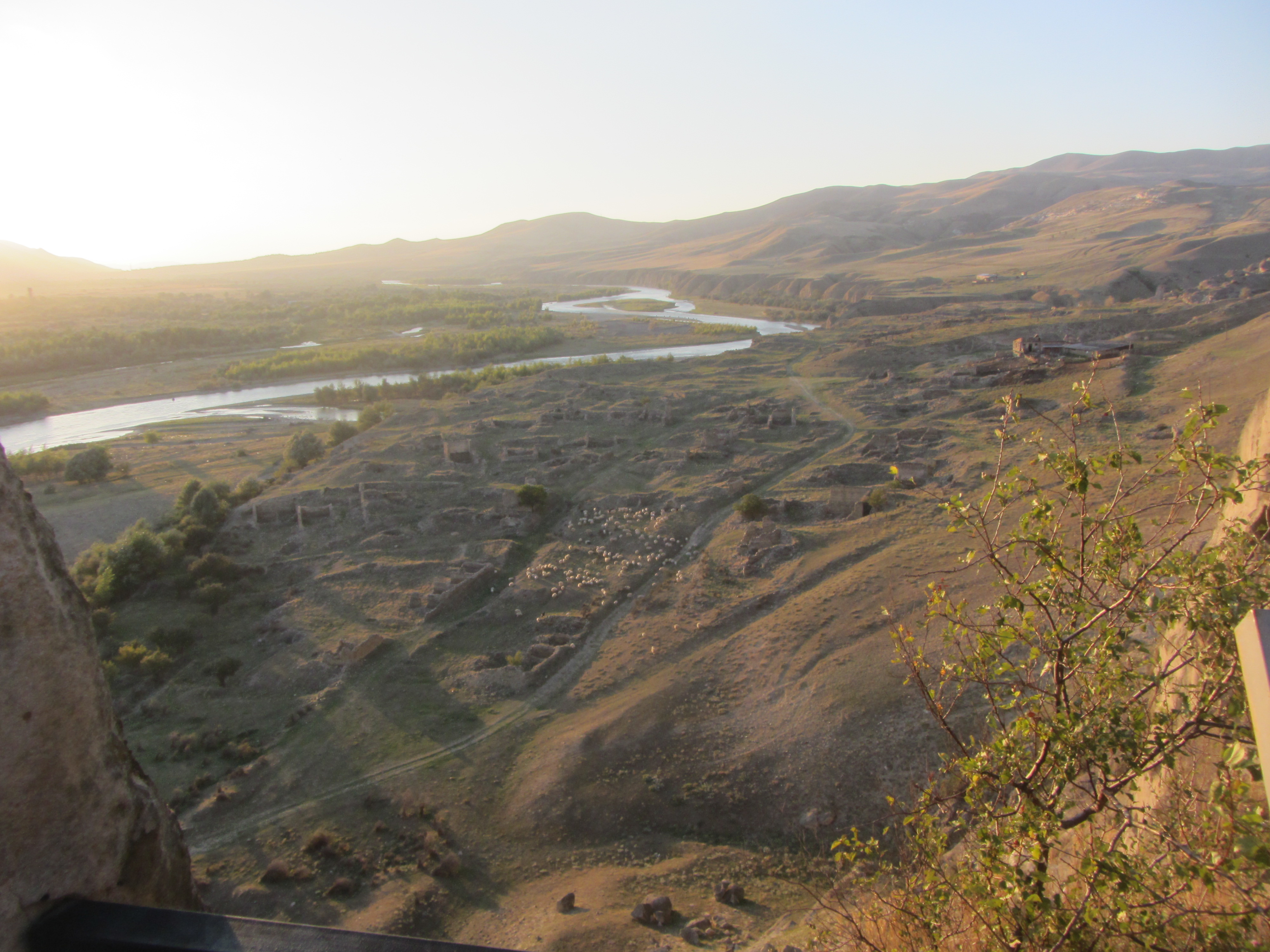
After spending the night in a Stalin-era hotel we drove west to
Kutaisi. click here
Back to Return to Georgia index click here
To overall travels index page click
here